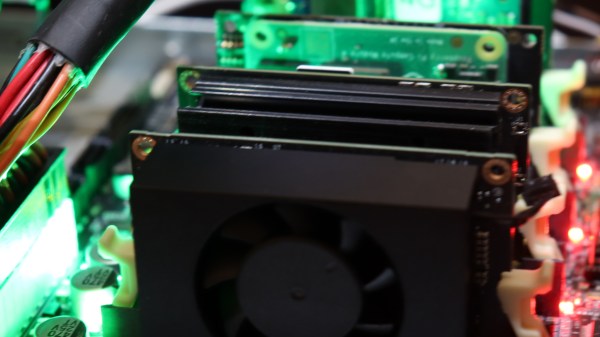Researchers have been testing a new type of lithium ion battery that uses single-crystal electrodes. Over several years, they’ve found that the technology could keep 80% of its capacity after 20,000 charge and discharge cycles. For reference, a conventional cell reaches 80% after about 2,400 cycles.
The researchers say that the number of cycles would be equivalent to driving about 8 million kilometers in an electric vehicle. This is within striking distance of having the battery last longer than the other parts of the vehicle. The researchers employed synchrotron x-ray diffraction to study the wear on the electrodes. One interesting result is that after use, the single-crystal electrode showed very little degradation. According to reports, the batteries are already in production and they expect to see them used more often in the near future.
The technology shows promise, too, for other demanding battery applications like grid storage. Of course, better batteries are always welcome, although it is hard to tell which new technologies will catch on and which will be forgotten.
There are many researchers working on making better batteries. Even AI is getting into the act.
















